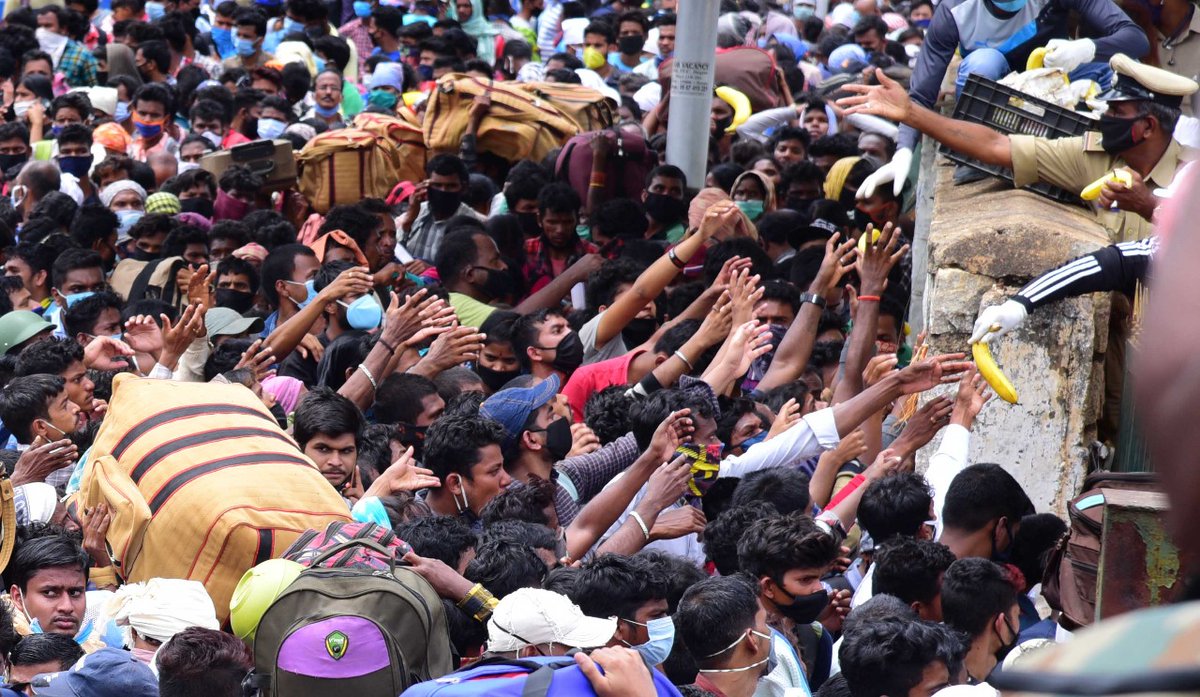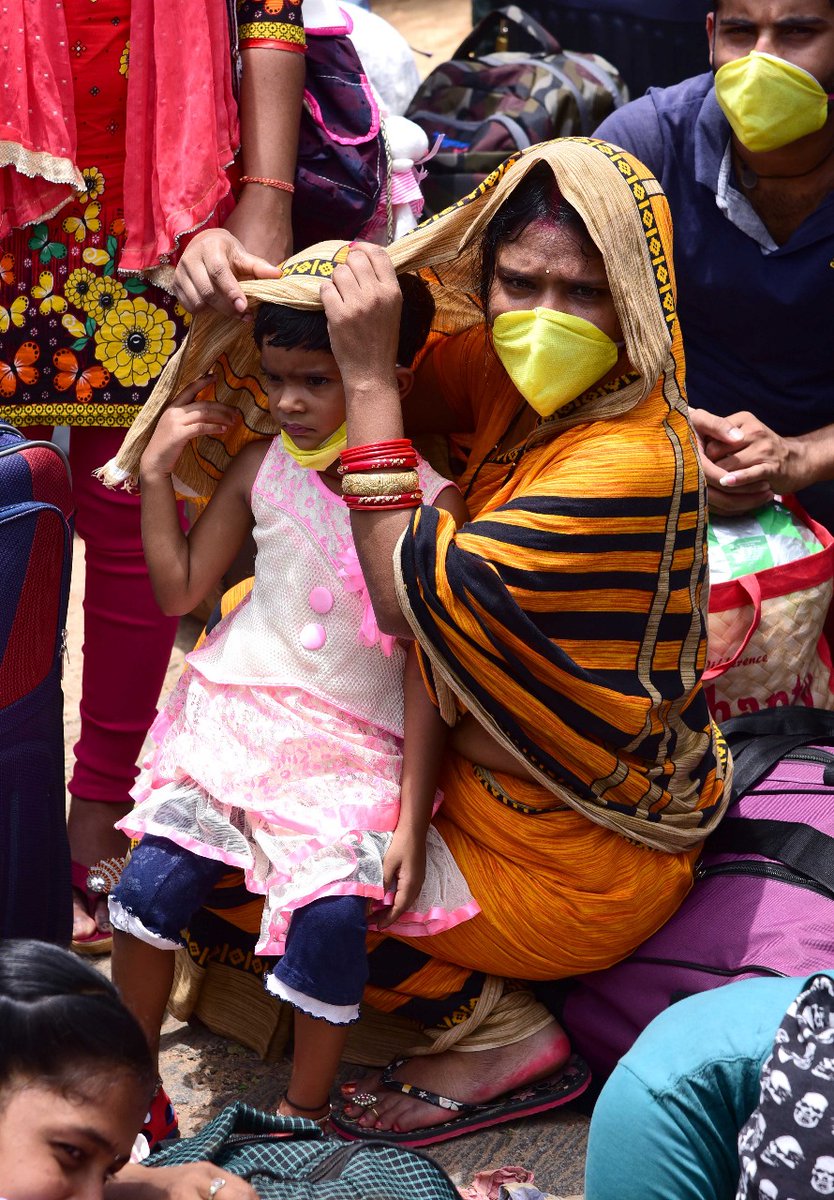
Two #Gaganyaan crew abort tests & #Aditya top priority this yr. @isro will look to launch a relay sat too. Dept of Space, which got Rs 13.7k-cr in Budget has outcome targets for sat launches: 5 PSLV, 2 GSLV, 2 SSLV. #Thread
Story: toi.in/VHeJFZ48/a24gj
Story: toi.in/VHeJFZ48/a24gj

@isro working towards carrying out at least 2 test missions to establish crew abort and escape systems using the specially designed test vehicle this yr; 1st uncrewed mission expected early next year. Isro will also look to launch the 1st relay satellites for the mission
Somanath on special test vehicle: “Whenever a new agency develops a human-rated space capability, they go through various tests for building such capability. Before the human-rated vehicle flies we have to fly the critical aspects of this techn in a low-cost option..."
After various analyses, Isro found that an economical option for developing such a test vehicle could be through using the liquid engine technology it already possessed. It then decided to build a rocket using the L40 stage of GSLV with its own engine.
“This (test vehicle) is a brand new rocket with its own control systems, design and aerodynamics. We went through the design and development phase, hardware realisation is done, we’ve almost completed all qualifications and many numbers are already in store,” Somanath added.
Isro is now preparing for missions using this rocket. The crew module part is yet to come given the long-term development. The crew escape system hardware is undergoing testing.
“Together, we’ll be carrying out a mission soon with these two systems and the test vehicle. We don’t want to delay that. Our target is to do the first one in the middle of 2022 to demonstrate the first of abort conditions...
...This means we’ll intentionally cause an anomaly and allow the crew module to come out of it, do the tumbling manoeuvres, deploy the parachutes, and land in a designated spot on the sea before being recovered,” Somanath explained.
While this will be one of the types, there are different events — maximum dynamic pressure condition, maximum acceleration condition, some transient condition etc — in which abort will become critical in flight.
“Several such conditions exist but most crucial & critical conditions that control the design are picked for abort tests. While we have a prog to realise four test vehicles, we are planning 2 before the first uncrewed mission,” Somanath said.
Further, as per budget documents that define expected outcomes during the fiscal, Isro is expected to achieve 50% of the readiness for the human spaceflight prog. This is defined as “number of tests successfully completed out of the total tests required across the mission.”
Aside from Gaganyaan, Isro is looking at a Sept-Oct window for #Aditya. "Preparations have been progressing at good pace. We're positively looking at a window in the second half of this year,” Somanath said. If this window is missed Aditya can only be launched in March 2023.
Other expected outcomes or targets set for the year — as per the budget — include five satellites launched on PSLV, two satellites onboard GSLV and two onboard SSLV rockets. These are aside from other targets set for tech transfer, reduction of import dependency and so on.
Also, for the 2022-23 fiscal, the department of space (DoS) has got Rs 13,700 crore in the budget presented on Tuesday, including Rs 7,465.6 crore for capital expenditure.
This is compared to Rs 12,642 crore in the revised estimates of 2021-22, when there was a downward revision from the original Rs 13,949 crore allotted at the time of the budget presentation. In 2020-21, the DoS had only got Rs 9,474 crore.
• • •
Missing some Tweet in this thread? You can try to
force a refresh














